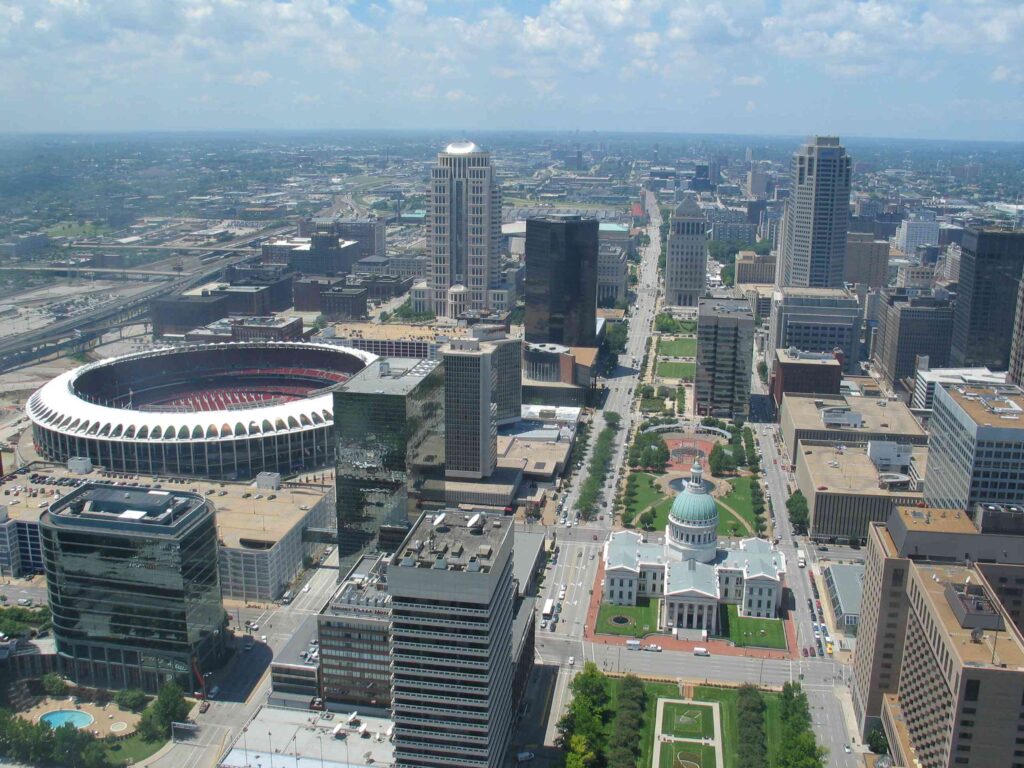Work:
Transport System
The transport sector is currently experiencing the fastest increase in greenhouse gas emissions. With the global demand for oil projected to rise from 84.7 million barrels per day in 2008 to 105 million barrels per day in 2030, the transport sector will account for 97% of this increase. This growth is driven by the doubling of the global number of road vehicles from just over 1 billion in 2010 to 2 billion in 2020. Addressing these challenges requires innovative solutions and integrated transport systems that can mitigate emissions and enhance efficiency.
Addressing Transport Emissions: The Copenhagen Model
Copenhagen has been a leader in tackling increased traffic congestion through its integrated transport system. This system significantly reduces the number of hours lost daily in traffic, which is almost 100,000 hours in the capital region. Without this system, the number would be substantially higher, leading to increased congestion and emissions.
Benefits of Integrated Public Transport
- Reduced Traffic Congestion: Thousands of people opt for public transportation, leaving their cars at home. This reduces congestion and travel time.
- Economic Savings: The integrated transport system saves billions annually. For the Capital Region, this amounts to 5.7 billion DKK per year, equivalent to $1 billion.
- Environmental Impact: Less reliance on personal vehicles translates to lower greenhouse gas emissions, contributing to a greener city.
Infrastructure Development and Renewable Energy Integration
Infrastructure development is crucial not only for transportation but also for economic growth. Competitive cities ensure efficient movement of people and goods, which is essential for economic prosperity.
Key Services by Global Green Solutions
- Feasibility and Prefeasibility Reports for Metro/Monorail Projects: Conducting thorough assessments to determine the viability of metro and monorail systems for urban areas.
- Preliminary and Detailed Design Reports: Developing detailed designs for station buildings, platform canopies, bridges, and highway structures.
- Park & Ride Schemes: Studying and implementing schemes that encourage commuters to park their vehicles and use public transportation, reducing road congestion and emissions.
- Cycle Hire Schemes: Promoting the use of bicycles through hire schemes, contributing to reduced emissions and healthier lifestyles.
- Integrated Transport Systems: Developing integrated transport systems that align with green guidelines and policies to promote sustainable urban mobility.

